Figures & data
Figure 1. Paradigm shift from ‘glucose-centric’ to ‘beta cell-centric’ concept of T2DM. Under this concept, healthcare professionals and patients are able to consider beta cell preservation beyond glycemic control.
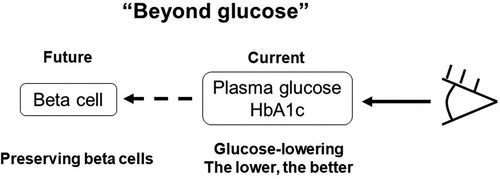
Table 1. Comparison among glucose-lowering agents with respect to glucose-lowering efficacy, risk of hypoglycemia, effect on weight, and beta cell protective effect.
Figure 2. Plausible mechanisms of beta cell preservation by incretin drugs. Incretin drugs may preserve and/or improve functional beta cell mass through indirect and direct effects.
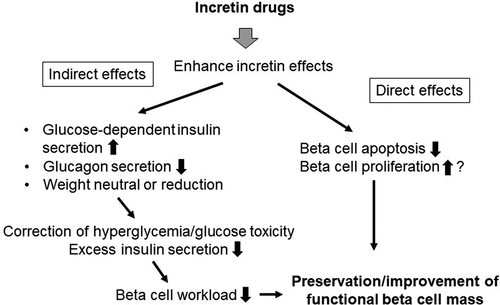
Table 2. Advantages and disadvantages of insulin and incretin-based drugs (DPP-4 inhibitors and GLP-1RAs).
Figure 3. Paradigm shift in therapeutic strategy and pathophysiology of T2DM promoted by the development and launch of incretin drugs.
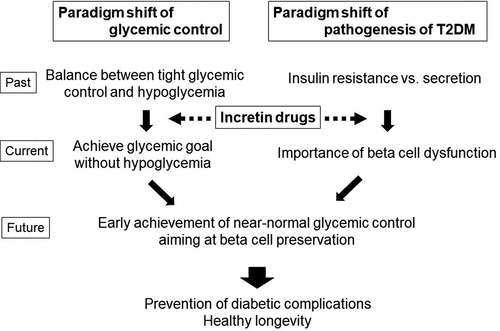
Table 3. Expected contributions of beta cell-centric concept in management of T2DM.
Figure 4. Hypothetical models of beta cell workload. For example, compared to subjects without obesity and diabetes (NONDM, reference), those with obesity and T2DM (ODM) are assumed to have greater insulin resistance (two-fold) but reduced beta cells (50%), resulting in a 4-fold increase in workload of individual beta cells, which could be attributable to progression of beta cell failure. This model indicates greater beta cell workload even in those with T2DM but without obesity (NODM), due to reduced beta cells, suggesting the importance of reducing beta cell workload in those with T2DM, irrespective of the presence or absence of obesity. This model also indicates greater beta cell workload in those with obesity but without diabetes (ONDM), due to limited beta cell expansion in response to obesity in humans, suggesting the importance of reducing beta cell workload in obese individuals without diabetes to prevent the development of T2DM.
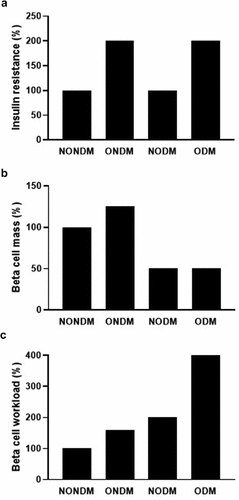
Figure 5. Integration of concept of diabetes care into concept of ‘Mottainai’ for implementation of sustainable development goals (SDGs). Mottainai is a Japanese term containing the ‘4Rs’, reduce, reuse, recycle; 3Rs for ecology, and respect.
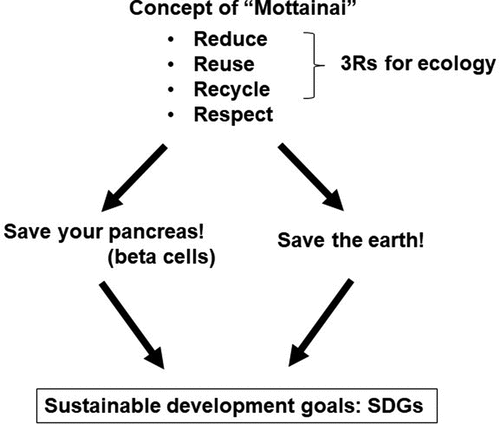
Figure 6. Updated management strategy for T2DM (modified from [Citation8]). T2DM is characterized by progressive loss of functional beta cell mass (BCM) on a background of insulin resistance. Therefore, treatment of T2DM should focus on aiming at reducing beta cell workload to maintain optimal glycemic control. Lifestyle modification and weight loss remain the most fundamental and important therapy to improve insulin resistance. Pharmacotherapy should also be initiated to reduce beta cell workload, and thereby, metformin, SGLT2 inhibitors, and α-glucosidase inhibitors are preferred if tolerated. GLP-1RAs and SGLT2 inhibitors are expected to improve CV outcomes, and their use should be considered in those at high risk of CVD and those with heart failure and/or chronic kidney disease. DPP-4 inhibitors are expected to improve beta cell function, and better glycemic durability with initial combination therapy of a DPP-4 inhibitor with metformin compared with metformin monotherapy has been reported. Selection of the treatment option should be individualized according to a patient-centered approach. * Cardiorenal benefits have been shown in CVOTs.
![Figure 6. Updated management strategy for T2DM (modified from [Citation8]). T2DM is characterized by progressive loss of functional beta cell mass (BCM) on a background of insulin resistance. Therefore, treatment of T2DM should focus on aiming at reducing beta cell workload to maintain optimal glycemic control. Lifestyle modification and weight loss remain the most fundamental and important therapy to improve insulin resistance. Pharmacotherapy should also be initiated to reduce beta cell workload, and thereby, metformin, SGLT2 inhibitors, and α-glucosidase inhibitors are preferred if tolerated. GLP-1RAs and SGLT2 inhibitors are expected to improve CV outcomes, and their use should be considered in those at high risk of CVD and those with heart failure and/or chronic kidney disease. DPP-4 inhibitors are expected to improve beta cell function, and better glycemic durability with initial combination therapy of a DPP-4 inhibitor with metformin compared with metformin monotherapy has been reported. Selection of the treatment option should be individualized according to a patient-centered approach. * Cardiorenal benefits have been shown in CVOTs.](/cms/asset/2bcabd29-4603-48d9-bd24-21710f7aee8f/ieop_a_1776262_f0006_b.gif)
